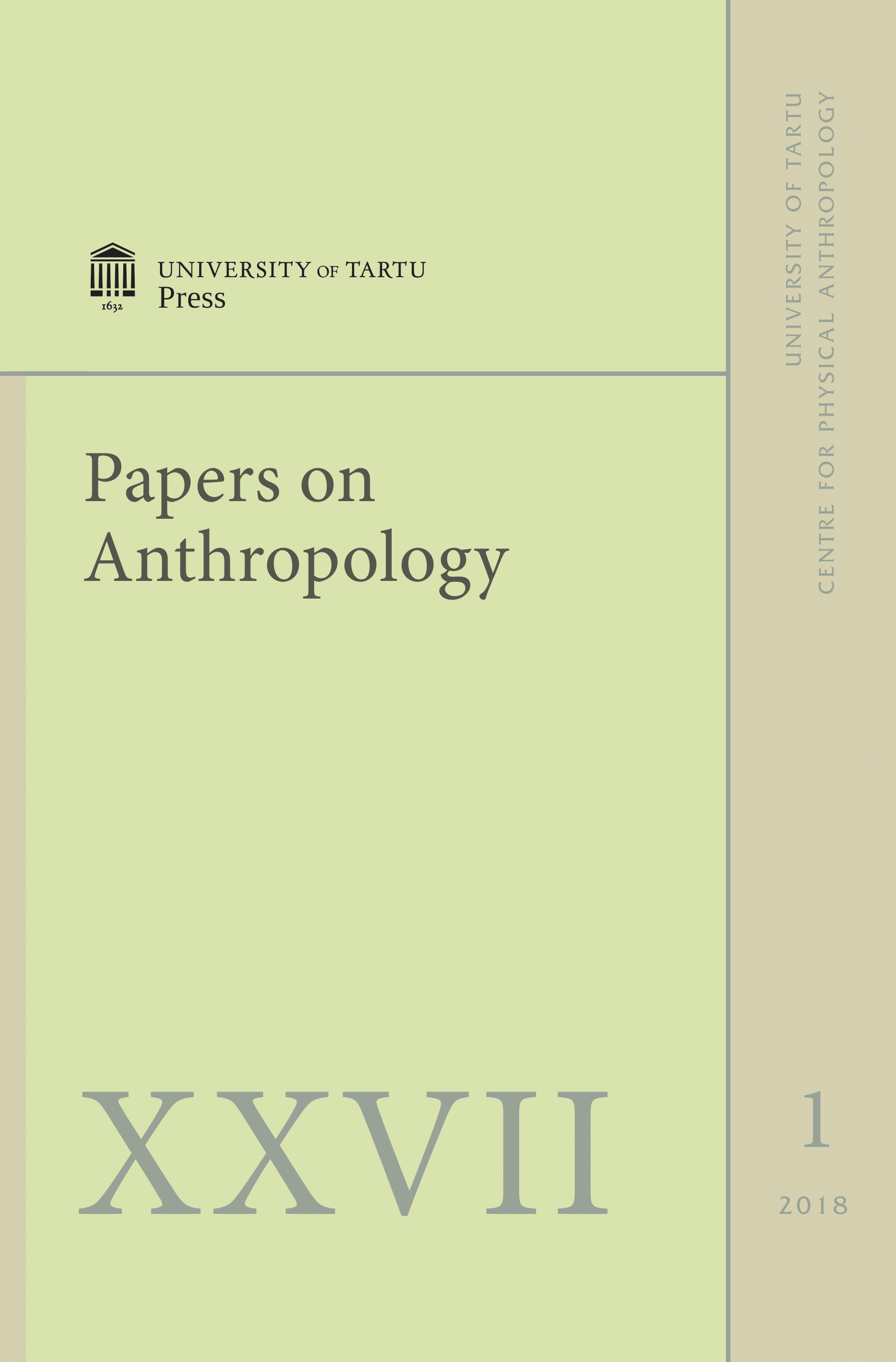Medical collections today
DOI:
https://doi.org/10.12697/poa.2018.27.1.08Keywords:
medical collection, wet specimen, mummification, anatomical model, skeleton, bones, educational programmesAbstract
In 1890 Professor of Anatomy August Antonius Rauber founded a museum of anatomy at the Old Anatomical Theatre in Tartu (Dorpat) in order to illustrate his lectures and to improve the students’ knowledge. As Rauber lectured in German, but most students were Russians, illustrating lectures with models and original specimens was of great significance. Unfortunately, a great number of exhibits of Rauber’s museum, although not all, have been lost in wars. In 1999, the institutes moved from the Old and New Anatomical The atres to the new building of Biomedicum. This, however, could not accommodate the collection of pathological anatomy which had been collected over 200 years, and it remained in the Old Anatomical Theatre. The Club of Friends of the Old Anatomical Theatre succeeded in writing a project to keep the Old Anatomical Theatre and the excellent collection of pathological anatomy alive.
In September 2005, a medical exhibition was opened in the same Old Anatomical Theatre again, now under the name of the Medical Collections of the Faculty of Medicine of the University of Tartu. The exhibition also acquired a number of new functions.
During 2011, the Medical Collections of the Faculty of Medicine cooperated with the Estonian Sports Museum, and the collections were displayed in their exhibition hall.
In 2012, the medical exhibition moved to the premises of the Science Centre AHHAA, and since then, educational programmes have been developed.

